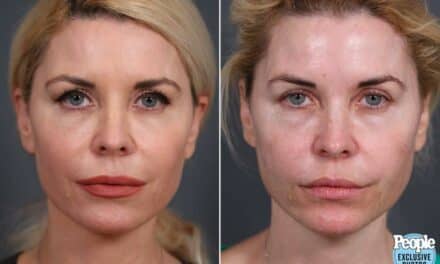Plastic surgeons should not recommend patient-created videos for information on Botox or soft-tissue fillers.
YouTube videos are the popular choice for online information on Botox and soft-tissue fillers—but these videos have ongoing problems with the quality of information provided, reports a study in the March issue of Plastic and Reconstructive Surgery, the journal of the American Society of Plastic Surgeons (ASPS).
Videos produced by physicians are a better source of information than patient-based videos, according to the new research by ASPS Member Surgeon Robert D. Galiano, MD, of Northwestern University Feinberg School of Medicine, Chicago, and colleagues. Galiano comments, “Our study shows the need for improvement in the quality of YouTube videos related to cosmetic injectables, and plastic surgeons—already the most frequent contributors to online videos—are the most qualified to meet that need.”
Injectables are the most common minimally invasive cosmetic procedure
Administration of “injectables” are the most common minimally invasive cosmetic procedures performed by plastic surgeons. According to ASPS statistics, injection of botulinum toxin type A (best known by the brand name Botox) was performed more than 4.4 million times in 2020, while injection of hyaluronic acid and other dermal fillers was performed more than 3.4 million times.
The explosive popularity of these procedures is driven largely by social media and other platforms. In particular, YouTube has become an increasingly important source of online health information. YouTube videos provide “a unique opportunity for plastic surgeons to educate thousands of patients in a thorough and vastly accessible manner,” Galiano and colleagues write.
Quality of videos showed room for improvement
To access the quality of the online sources of information provided about cosmetic injectables, the researchers searched Google and YouTube to identify the highest-ranking websites and videos providing information about botulinum toxin type A and soft-tissue fillers.
The analysis included 95 YouTube videos: 50 on soft-tissue fillers and 45 on botulinum toxin type. The researchers found that 47% of videos were contributed by plastic surgeons and other physicians, 6% by other health professionals, 24% by patients, and 22% by other sources, such as news media, online magazines, and social media influencers.
For each video and website, the quality of the information was graded using three standard tools plus a newly developed content score. Consistent with previous studies of online health information, the quality of the videos showed room for improvement. By all four measures, the videos met no more than half of quality criteria.
Quality also varied based on the source of the videos. Videos created by physicians, non-physician health professionals, and other sources such as news media had significantly higher quality scores than patient-based videos. On the content score, patient-based videos met only about 40% of quality criteria, compared to 55% for physician-based videos.
Although direct comparisons were difficult, websites identified on Google search offered higher quality of information than YouTube videos. Content scores were about 60% for injectable websites versus less than 40% for videos. Yet the YouTube videos were more popular, averaging about 16,000 views per month, compared to less than 4,000 views per month for websites.
Patient-created videos ‘should not be recommended’ for information on injectables
The findings show that physician-created videos provide more reliable information—similar to those created by other health professionals as well as by influencers, news and magazine channels. “By comparison, videos created by patients are of lower quality,” Galiano adds. “These patient-based videos, on YouTube or elsewhere, should not be recommended as sources of information on Botox or soft-tissue fillers.”
The popularity of YouTube helps plastic surgeons to understand where to focus their online presence—practice websites may not be as influential as videos. Galiano and colleagues conclude: “YouTube can serve as an incredible asset to plastic surgeons to reach patients in a way that has never existed before, which comes with the responsibility of providing accurate, comprehensive, and understandable information.”
Photo 14640829 © Sebastian Czapnik | Dreamstime.com



